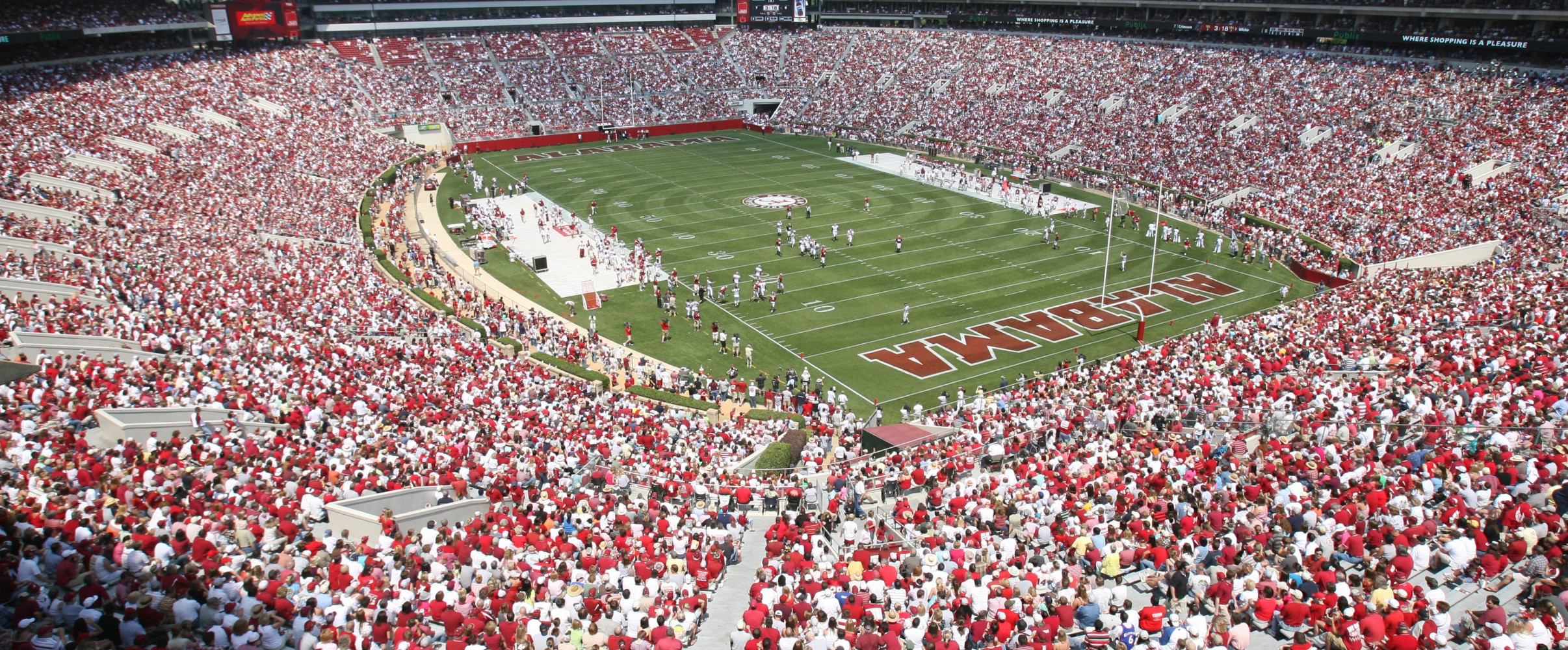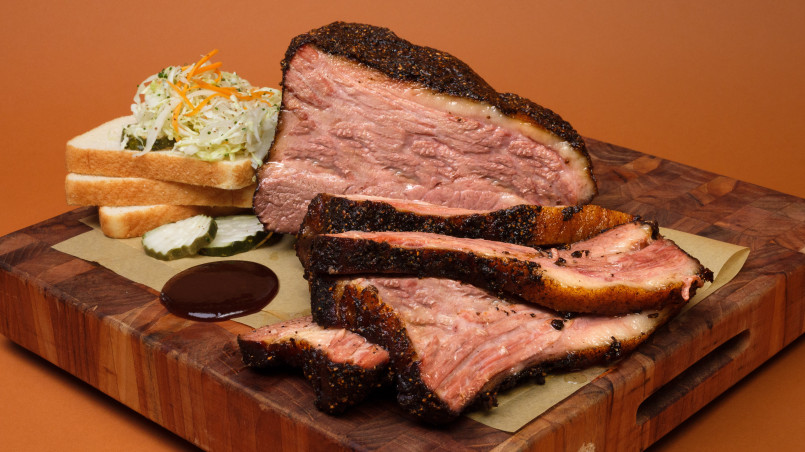America's sporting landscape is as diverse as its population, but certain sports have established dominance in viewership, participation, and cultural impact. From the NFL's billion-dollar empire to niche sports gaining mainstream attention, this comprehensive ranking reveals which sports truly capture America's heart and wallet.
America's relationship with sports goes beyond mere entertainment-it's woven into the cultural fabric of the nation. From packed stadiums on Sunday afternoons to neighborhood pickup games, sports unite communities, drive massive economies, and create shared experiences across the country. This ranking examines America's most popular sports based on viewership figures, participation rates, revenue generation, and cultural impact.
While traditional favorites maintain their stronghold, emerging sports and changing demographics are reshaping the American sports landscape. This comprehensive analysis reveals which sports truly capture the nation's attention, time, and money in today's competitive environment.
American Football: The Undisputed Champion
American football, particularly the National Football League (NFL), reigns supreme in the United States. The Super Bowl consistently draws over 100 million viewers annually, making it the most-watched television event in America. The NFL generated approximately $18 billion in revenue for the 2021-2022 season, far exceeding any other American sports league.
Football's popularity extends beyond the professional level. College football commands massive followings, particularly in the South and Midwest, with the College Football Playoff National Championship routinely attracting over 25 million viewers. High school football serves as a community cornerstone in thousands of towns across America, where Friday night games become weekly social events.
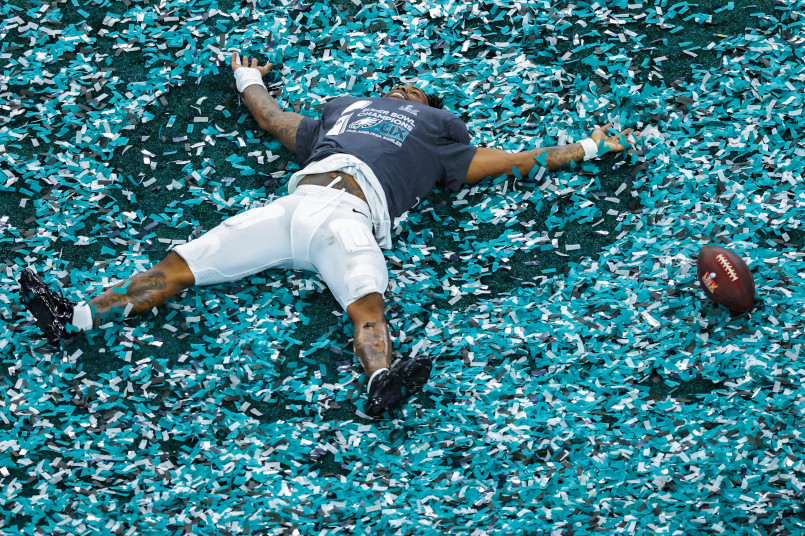
Participation numbers tell a more complex story. While youth participation has declined by 24% since 2008 due to concerns about concussions and safety, football remains highly played with approximately 5.2 million amateur participants annually. The sport's combination of strategy, physicality, and spectacle creates an unmatched entertainment product that dominates American media, advertising, and conversation.
Basketball: From Playgrounds to Professional Courts
Basketball claims the second position with an unmatched accessibility that spans from inner-city playgrounds to rural driveways. The National Basketball Association (NBA) has leveraged star power and international expansion to become America's most successfully exported sports league, generating around $10 billion annually.
Unlike football, basketball boasts massive participation numbers, with over 24 million Americans playing regularly. The sport's minimal equipment requirements-essentially just a ball and hoop-contribute to its widespread adoption. The Women's National Basketball Association (WNBA) continues to grow in popularity, with viewership increasing 51% between 2020 and 2022.
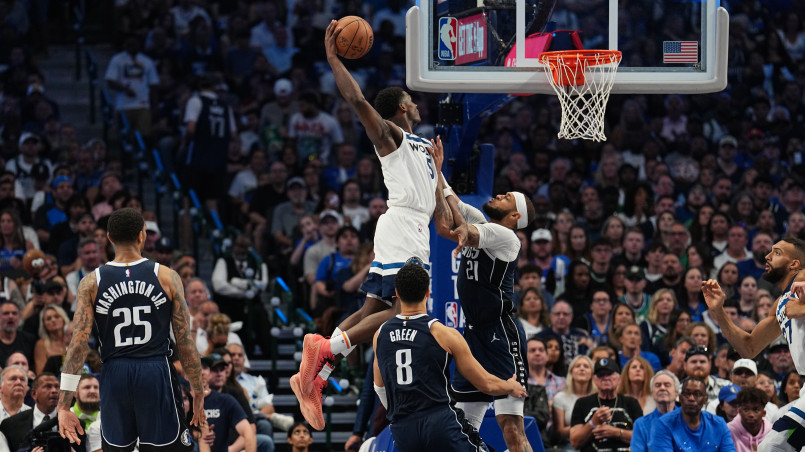
College basketball creates nationwide engagement through March Madness, which generates over $1 billion in advertising revenue during its three-week tournament. Basketball's combination of accessibility, global reach, and cultural influence through music, fashion, and entertainment solidifies its position as America's second most popular sport.
Baseball: America's Pastime
While no longer America's dominant sport, baseball maintains a special place in the nation's cultural history. Major League Baseball (MLB) remains a powerful economic force, generating approximately $10.7 billion in revenue for 2022. The 162-game season creates unmatched inventory for regional sports networks, while the leisurely pace and summer schedule establish baseball as a family-friendly entertainment option.
Participation has declined among youth, with approximately 15.6 million Americans playing baseball or softball. However, the sport maintains strong developmental structures through Little League, high school, and college programs. Baseball's deep statistical tradition has found new life in the analytics revolution, attracting data-minded fans.

The sport faces challenges in audience demographics, with the average MLB viewer age at 57. However, efforts to speed up the game and attract younger fans show promising results, with the 2023 rule changes reducing average game time by 24 minutes. Baseball's rich history, statistical depth, and summer tradition secure its position as America's third most popular sport.
Soccer: The Fastest Growing Sport
Soccer represents America's fastest-rising sport, particularly among younger generations and diverse communities. Major League Soccer (MLS) has expanded rapidly, growing from 10 teams in 2004 to 29 teams in 2023, with average attendance exceeding 22,000 fans per match. The successful hosting of the 1994 World Cup and the forthcoming 2026 World Cup (co-hosted with Canada and Mexico) have accelerated soccer's American growth.
Participation numbers reflect soccer's mainstream arrival, with over 21 million Americans playing regularly, making it the third-most played team sport. Youth participation is particularly strong, with soccer often serving as an entry point for children into organized sports. The National Women's Soccer League (NWSL) and the four-time World Cup champion U.S. Women's National Team have created powerful role models for young players.

Media coverage continues to expand, with networks investing heavily in broadcasting rights for European leagues, MLS, and international competitions. Soccer's combination of global connectivity, accessibility, and increasing cultural presence positions it as America's fourth most popular sport with a trajectory pointing upward.
Ice Hockey: Frozen Passion
Ice hockey holds a passionate following concentrated in the northern states, particularly in the Northeast and Midwest. The National Hockey League (NHL) generates approximately $5.4 billion in annual revenue, with strong attendance averaging over 17,000 fans per game. The sport's combination of speed, skill, and controlled physicality creates a unique spectator experience.
Participation faces barriers due to equipment costs and access to ice facilities, with about 2.1 million Americans playing regularly. However, programs like NHL Street aim to increase accessibility through ball hockey variants requiring less specialized equipment. Youth hockey participation has seen growth in non-traditional markets following NHL expansion.

The sport enjoys exceptional fan loyalty, with NHL audiences demonstrating high income demographics attractive to advertisers. Hockey's passionate regional followings, particularly during the Stanley Cup Playoffs, and the sport's distinctive culture secure its position as America's fifth most popular sport.
Tennis: Individual Excellence
Tennis holds a unique position in American sports culture as both a participatory activity and a viewership event. The sport enjoys approximately 21.6 million recreational participants across the country, spanning all age groups. Major tournaments like the US Open attract significant attention, with the 2022 event drawing over 900,000 attendees and millions of television viewers.
American tennis has experienced resurgence with players like Coco Gauff and Frances Tiafoe bringing new energy to the sport. Tennis benefits from lifetime playability, with participants often continuing into their senior years, unlike many team sports. The sport's individual nature appeals to Americans' appreciation for personal achievement and direct competition.

Tennis courts are widely available in public parks, schools, and private facilities across the country. The United States Tennis Association (USTA) actively promotes grassroots development through programs like Net Generation. Tennis's combination of accessibility, lifetime participation potential, and appeal across demographics secures its position as America's sixth most popular sport.
Golf: Leisure and Business
Golf maintains a significant presence in American culture as both a recreational activity and a business networking environment. Approximately 25.6 million Americans played golf in 2022 (including traditional courses and entertainment venues like Topgolf), with the pandemic driving increased participation as people sought outdoor activities.
The professional game draws substantial viewership, with major tournaments like The Masters attracting 10+ million viewers. The emergence of stars like Tiger Woods fundamentally transformed the sport's popularity and economics. Golf's association with business networking creates unique value beyond pure recreation, with many professionals utilizing the sport for relationship building.

Golf faces challenges regarding accessibility and diversity, though initiatives like First Tee aim to expand participation. The sport's leisure pace, outdoor setting, and individual challenge appeal to many Americans. Golf's combination of recreational participation, business utility, and televised professional events establishes it as America's seventh most popular sport.
Motorsports: Speed and Spectacle
Motorsports, particularly NASCAR and IndyCar, hold significant cultural influence in America, especially in the South and Midwest. NASCAR races can draw over 100,000 spectators to a single event, with the Daytona 500 routinely attracting 9+ million television viewers. The sport combines speed, strategy, technology, and personality to create compelling entertainment.
Participation is naturally limited by the expense of competitive driving, but motorsports maintain a large consumer base through merchandise, video games, and fantasy leagues. NASCAR has implemented significant changes to attract younger audiences, including a playoff system and shorter race formats.

Racing demonstrates exceptional fan loyalty, with sponsors seeing strong returns on investment through consumer purchasing behavior. The Formula 1 series has seen substantial American growth following the success of the Netflix series "Drive to Survive," expanding motorsports' appeal beyond traditional demographics. Motorsports' combination of spectacle, technical innovation, and passionate fan base establishes it as America's eighth most popular sport.
Wrestling: Entertainment and Sport
Wrestling occupies a unique position straddling sport and entertainment. Professional wrestling, primarily through WWE (World Wrestling Entertainment), draws massive viewership with weekly television programs routinely attracting 2+ million viewers and premium events reaching much larger audiences through streaming platforms.
Competitive wrestling maintains strong participation at the scholastic level, with approximately 250,000 high school wrestlers and 12,000 collegiate wrestlers annually. The sport's combination of athleticism, storytelling, and character development creates a distinctive entertainment product unlike anything else in American sports.
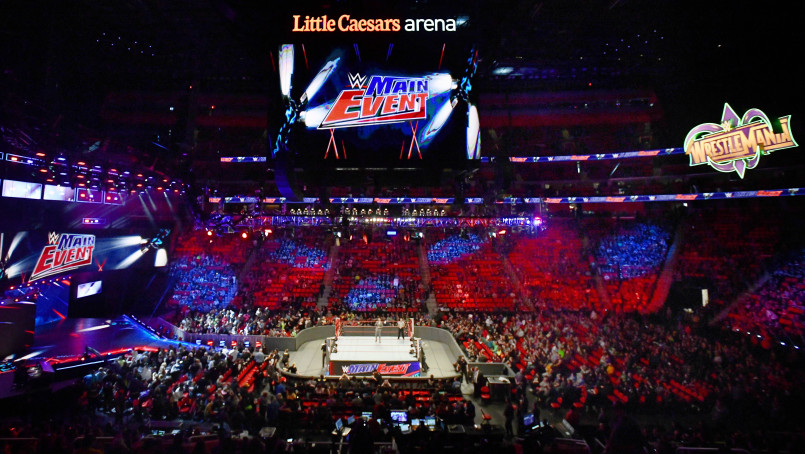
Wrestling's influence extends into popular culture through crossover stars like Dwayne "The Rock" Johnson and John Cena. The introduction of All Elite Wrestling (AEW) in 2019 has created competition in professional wrestling, potentially expanding the overall audience. Wrestling's blend of athletic competition, theatrical presentation, and passionate fandom secures its position as America's ninth most popular sport.
Boxing: Combat Tradition
Boxing has experienced fluctuations in mainstream popularity but maintains a dedicated following and periodic moments of national attention. Major fights featuring stars like Canelo Alvarez or heavyweight title bouts can still generate substantial pay-per-view buys, with top events exceeding one million purchases at $75-100 each.
Participation remains steady with approximately 1.2 million Americans engaging in boxing training, often for fitness rather than competition. Boxing gyms serve important roles in many urban communities, providing structure and mentorship for youth. The sport's raw one-on-one competition format maintains primal appeal despite concerns about safety and long-term health impacts.

Boxing faces challenges from fragmented championship organizations and competition from other combat sports. However, the simplicity of its core contest-two competitors testing skill, heart, and strategy-ensures enduring interest. Boxing's combination of individual drama, historical significance, and periodic mainstream moments establishes it as America's tenth most popular sport.
MMA: Modern Gladiators
Mixed Martial Arts (MMA), primarily through the Ultimate Fighting Championship (UFC), has experienced explosive growth over the past two decades. The sport regularly sells out arenas across the country, with major events drawing over 20,000 spectators and significant pay-per-view buys. The UFC's 2016 sale for $4 billion demonstrated the sport's massive commercial potential.
Participation continues to expand, with approximately 550,000 Americans actively training in MMA disciplines. The sport's combination of striking and grappling techniques creates complex strategic matchups appealing to modern audiences seeking authentic combat. Stars like Conor McGregor and Jon Jones have transcended the sport to become cultural figures.

MMA benefits from streamlined organization compared to boxing, with the UFC establishing clear championship hierarchies. The sport effectively leverages social media and digital content to build fighter personalities and storylines. MMA's combination of technical diversity, organizational clarity, and rising cultural presence positions it as America's eleventh most popular sport with continued growth potential.
Volleyball: Beaches and Gymnasiums
Volleyball enjoys widespread participation across indoor and beach variants, with approximately 46 million Americans playing at least once annually. The sport's accessibility across genders and age groups creates lifelong participation potential. College volleyball, particularly women's programs, attracts significant audiences with the NCAA championship drawing over one million viewers.
Beach volleyball has established a distinct identity through Olympic success and professional tours. The sport's minimal equipment requirements and adaptability to different environments contribute to its popularity. Volleyball at the recreational level serves as both competitive outlet and social activity.

While professional leagues in the U.S. have faced sustainability challenges, volleyball's strong participation base and collegiate foundation ensure continued relevance. The sport's combination of accessibility, co-ed potential, and dual indoor/outdoor formats secures volleyball's position as America's twelfth most popular sport.
Lacrosse: Native Roots, Modern Growth
Lacrosse, North America's oldest team sport with indigenous origins, has experienced significant growth, especially in the Northeast and Mid-Atlantic regions. Participation has more than doubled since 2001, with over 2 million Americans now playing regularly. The sport's fast pace and combination of elements from basketball, soccer, and hockey create an exciting product for both participants and spectators.
College lacrosse attracts passionate followings, particularly for programs like Syracuse, Johns Hopkins, and Maryland. Professional leagues including the Premier Lacrosse League (PLL) and National Lacrosse League (NLL) have worked to expand the sport's profile, with innovative formats and digital content strategies.

Lacrosse's traditional association with affluent communities presents both advantages and challenges for broader adoption. However, initiatives to expand access in diverse communities show promising results. Lacrosse's combination of historical significance, rapid gameplay, and growth trajectory positions it as America's thirteenth most popular sport.
Esports: The Digital Revolution
Esports represents the newest frontier in American sports culture, blending competitive gaming with traditional sports elements of fandom, skill development, and professional competition. Major esports events now fill arenas, with tournaments for games like League of Legends and Call of Duty drawing tens of thousands of live spectators and millions of online viewers.
Participation numbers are substantial, with over 85 million Americans actively engaging with competitive video games. Unlike traditional sports, esports encompasses multiple distinct games, each with unique communities and professional scenes. The demographic profile skews younger, with particularly strong engagement among Gen Z viewers who often consume esports content instead of traditional sports.
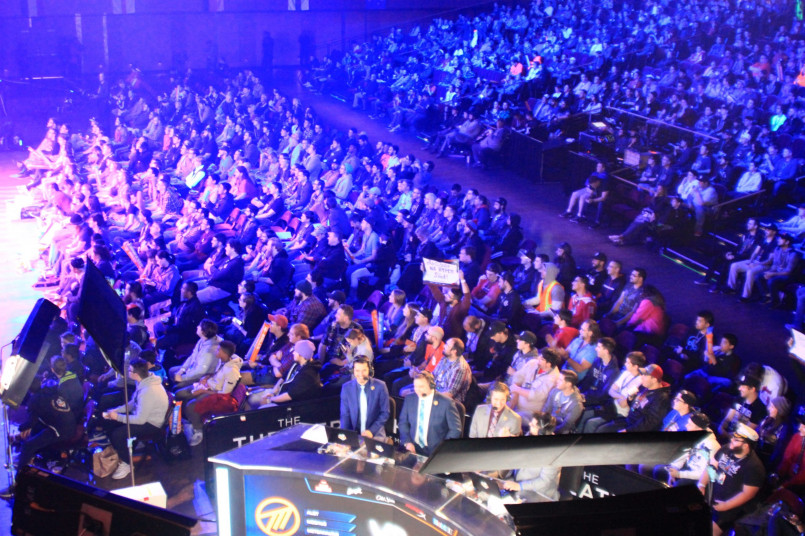
College esports programs have grown exponentially, with hundreds of schools now offering scholarships. Major sports organizations including the NBA have invested in esports teams and leagues. Esports' combination of digital native appeal, massive participation base, and rapid growth positions it as America's fourteenth most popular sport, with potential to climb higher in coming decades.
Track & Field: Olympic Foundation
Track and field maintains significant relevance through both participation and periodic national attention during Olympic years. The sport serves as a fundamental building block in American athletics, with over 7.9 million participants across various disciplines. High school track programs represent one of the largest participatory sports, particularly important for providing accessible competitive opportunities.
During Summer Olympics, track events featuring American stars can draw television audiences exceeding 20 million viewers. Athletes like Sydney McLaughlin-Levrone and Noah Lyles become national figures during these quadrennial moments. The sport's objective measurement of human physical achievement maintains primal appeal.
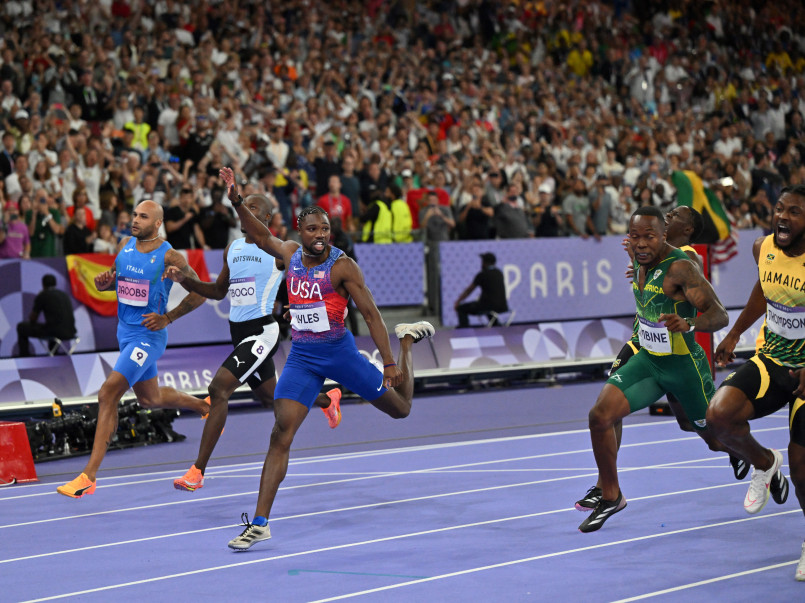
Professional track faces challenges in maintaining year-round relevance between Olympic cycles. However, the emergence of the World Athletics Diamond League and innovative formats like street races have created new platforms. Track and field's combination of mass participation, Olympic tradition, and pure athletic testing secures its position as America's fifteenth most popular sport.
Frequently Asked Questions About 15 Most Popular Sports in America Ranked by Fans, Revenue & Participation
Why is American football more popular than soccer in the USA when soccer dominates globally?
American football developed during a formative period in U.S. culture (late 1800s-early 1900s) when the nation was establishing distinct cultural institutions. The sport's structure aligns with American values of territorial conquest, strategic planning, specialized roles, and combination of individual heroics within team structures. Additionally, the NFL's business model with revenue sharing and salary caps created competitive balance that maintained interest across markets. While soccer is growing rapidly in the U.S., football's established infrastructure, media dominance, and cultural integration give it an entrenched advantage.
Are any sports declining in popularity in America?
Several traditional sports show signs of declining popularity, particularly among younger audiences. Baseball faces challenges with an aging fanbase (average MLB viewer is 57 years old) and declining youth participation. Boxing has lost mainstream appeal compared to its mid-20th century dominance, now competing with MMA for combat sports viewers. Golf and tennis have experienced participation fluctuations, though both saw pandemic-related increases as outdoor individual activities. The most significant threat to traditional sports might be fragmented entertainment options, with younger generations having countless alternatives competing for their attention.
Which sports are growing fastest in popularity?
Soccer shows the strongest sustained growth, particularly with youth participation and expanding professional infrastructure through MLS and NWSL. Esports represents the most dramatic new entrant, evolving from niche interest to mainstream entertainment with professional leagues, college scholarships, and massive viewership. Pickleball has emerged as America's fastest-growing recreational sport, with participation increasing by 158.6% between 2020-2023. MMA continues expanding beyond its core audience to mainstream acceptance. Niche sports like lacrosse and rugby are experiencing regional growth, while traditional sports like basketball benefit from increasing female participation rates.
How does weather and geography affect sports popularity across different regions of the USA?
Regional climate strongly influences sports popularity. Ice hockey dominates northern states with natural winter ice conditions, particularly in Minnesota, Massachusetts, and Michigan. Basketball thrives as an indoor sport accessible year-round nationwide. Baseball established early dominance in Northeast cities but faces participation challenges in colder regions with shorter outdoor seasons. Football's fall schedule aligns perfectly with school calendars nationwide. Warm-weather states like Florida, California, and Texas produce disproportionate numbers of baseball, tennis, and golf professionals due to year-round training opportunities. Regional geography also matters-mountainous states embrace winter sports like skiing and snowboarding, coastal areas develop surfing cultures, and open plains states traditionally connect with sports requiring space.
How do high school sports impact overall sports popularity in America?
High school sports create foundational connections between communities and sports traditions that often last lifetimes. Friday night football games serve as community gathering events in thousands of towns. High school participation often determines lifetime sports affinity, with adults maintaining interest in sports they played in their youth. School sports programs reach across demographic lines, providing opportunities regardless of economic status. The high school system functions as a massive talent identification and development pipeline for college and professional sports. State tournaments and championships generate substantial local media coverage and community pride, particularly in smaller towns and rural areas where high school teams may represent the most accessible high-level sports competition.
Which sports draw the highest television ratings throughout the year?
The NFL dominates American television with 75 of the 100 most-watched broadcasts in 2022, including regular season games averaging 16.7 million viewers. The Super Bowl consistently draws 100+ million viewers. College football commands Saturday viewing with top matchups drawing 10+ million viewers. NBA basketball maintains strong regular season viewership with 1.6 million average viewers, while playoffs can exceed 20 million for finals games. March Madness creates three weeks of compelling college basketball content. Baseball's regional focus creates strong local ratings but fewer national viewing events outside the World Series. Live sports remain television's most valuable content, with sports programming accounting for 95 of the 100 most-watched broadcasts annually, explaining the massive broadcast rights deals across all major sports.
